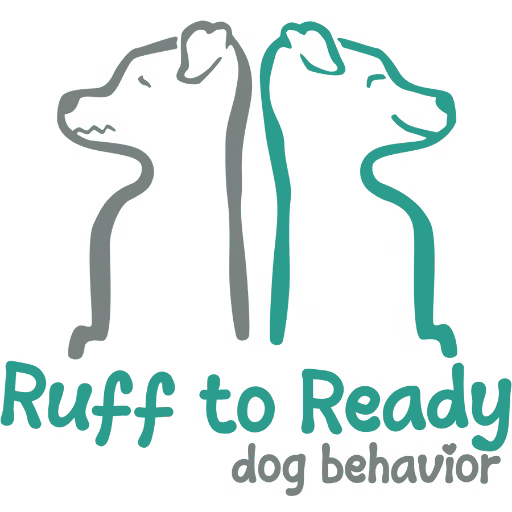Creating Dogs Who Live With Us, Not Work For Us
by: Amanda Lunsford, CBCC-KA
“What Does All Of That Have To Do With My Dog Being Aggressive Towards Other Dogs?”
I was near a dog park, observing a dog and its owner. We were about to wrap up the end of our session and the dog owner turns towards me and says, “That’s great and all Amanda, but what does any of that have to do with my dog being aggressive towards other dogs?”
I took a deep breath and I smiled, “Everything. It has everything to do with your dog behaving aggressively towards other dogs.”
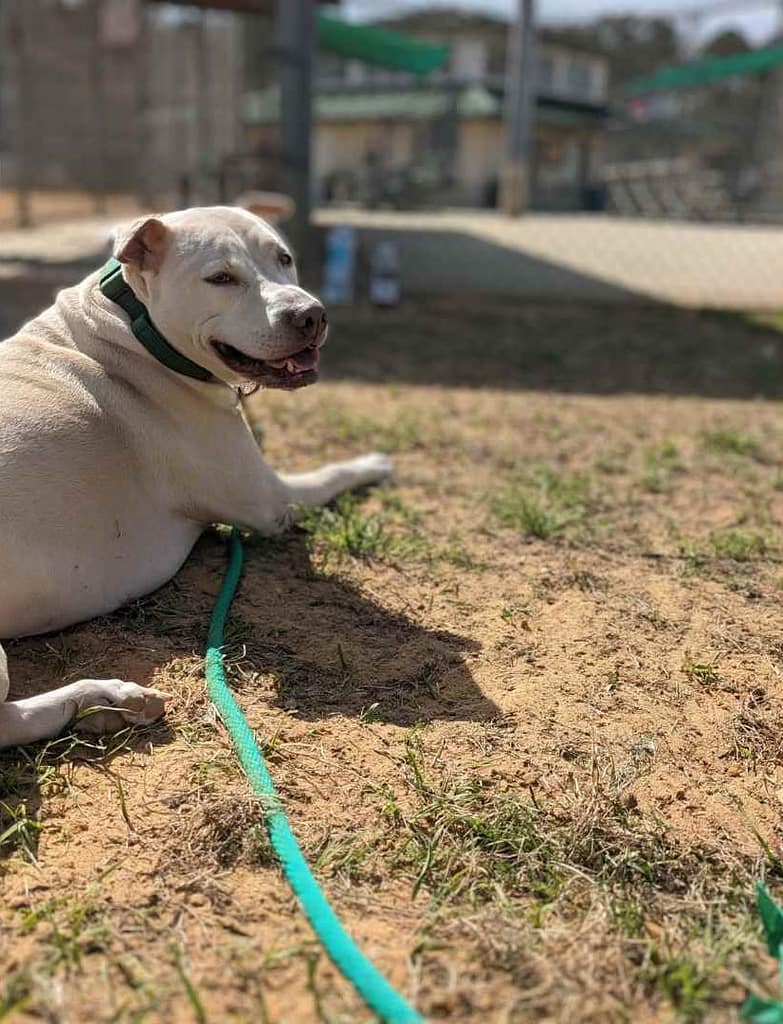
While I am answering and giving her a list of all the subtle nuances that go into her dog’s barking and hyperactive behaviors, I am also smiling while I watch her dog sit nicely while watching the dogs play at a distance. We continued to sit there and talk for the next 15-20 minutes. Towards the end of our conversation, I smiled and asked, “When was the last time you took a moment to do nothing and teach your dog to just relax in distracting environments?“
The client looked down at her dog and just realized her dog had been sitting there and watching the other dogs play for the last 20 minutes. She looked at me with a curious face and said, “I don’t think I have ever focused on him just sitting with me without interacting.”
The Art of Doing Nothing Together
Here’s the thing – we’re constantly doing something with our dogs. We’re giving treats, asking for sits, teaching tricks, playing fetch, going for walk. Don’t get me wrong, all of that has its place. But when was the last time you just… existed in the same space with your dog? When was the last time your dog relaxed on their bed while you went about your daily activities around the house?
Think about it. How many times during the day are you talking to your dog, asking them to do something, or rewarding them for a behavior? We’ve created these little workers who are always waiting for the next instruction, the next treat, the next interaction. And then we wonder why they can’t settle when we’re busy? Why are they getting so worked up in new environments?
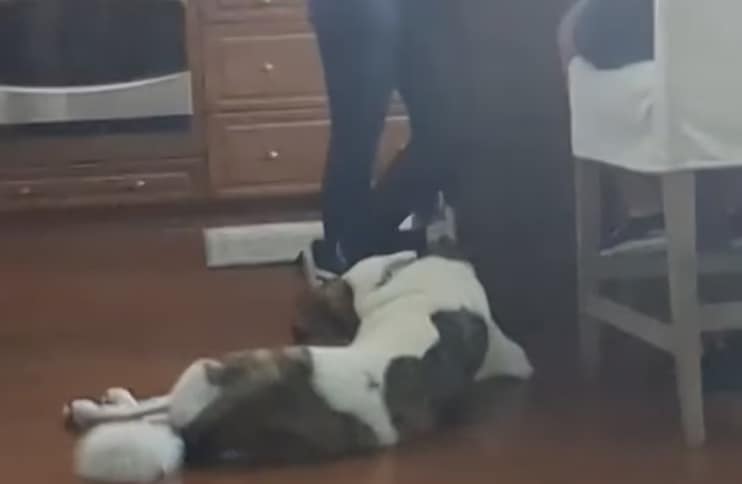
In most of my cases, dogs simply don’t know how to transition. They go from playing or walking with you to suddenly being expected to chill out while you go about your business. They’ve never learned that it’s okay to just exist without constant stimulation. How many times have you actually taught your dog to play with you and then go straight into being ignored and learning how to settle down?
Why Does Training Have To Be So Rigid?
I believe we spend way too much time teaching our dogs how to move throughout the day, but we do not spend enough time teaching them how to relax while the world moves around them.
Traditional training often feels like we’re creating employees rather than companions. Sit, stay, come, heel – it’s all about what the dog can do for us. But what about teaching them to simply be comfortable existing alongside us? What about showing them that they don’t always need to be “on”?
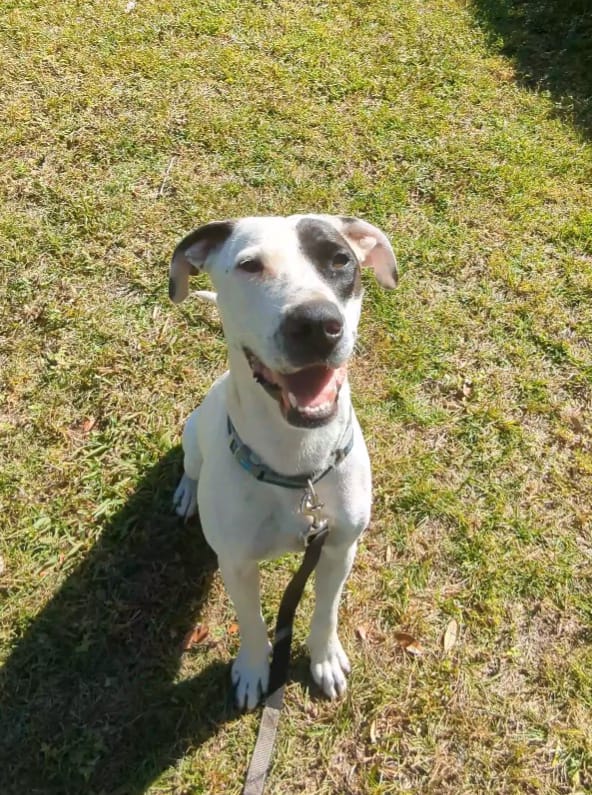
The Power of Peaceful Coexistence
When dogs learn to settle and just be present without constant stimulation or direction, something magical happens. They start to self-regulate. They are able to read the room and learn how to chill out. They become more confident in their own skin. And yes, they become less reactive to triggers like other dogs because they’re not constantly in a state of anticipation.
That dog at the park? He wasn’t aggressive because he was a “bad dog.” He was reactive because he’d never learned that he could just observe the world without needing to respond to every stimulus. He’d been conditioned to believe that every moment requires action, engagement, or performance. What about taking a moment to just be and do nothing.
Teaching the Art of Being
So how do we teach our dogs to just be? Start small. Sit with your dog in your living room and do absolutely nothing together. No treats, no commands, no praise for every little thing they do right. Just coexist.
Gradually, take this practice to more stimulating environments. Maybe your front yard, then a quiet park, then near (not in) busier areas. The goal isn’t to get them to perform – it’s to help them learn that they’re safe and secure even when the world is happening around them.
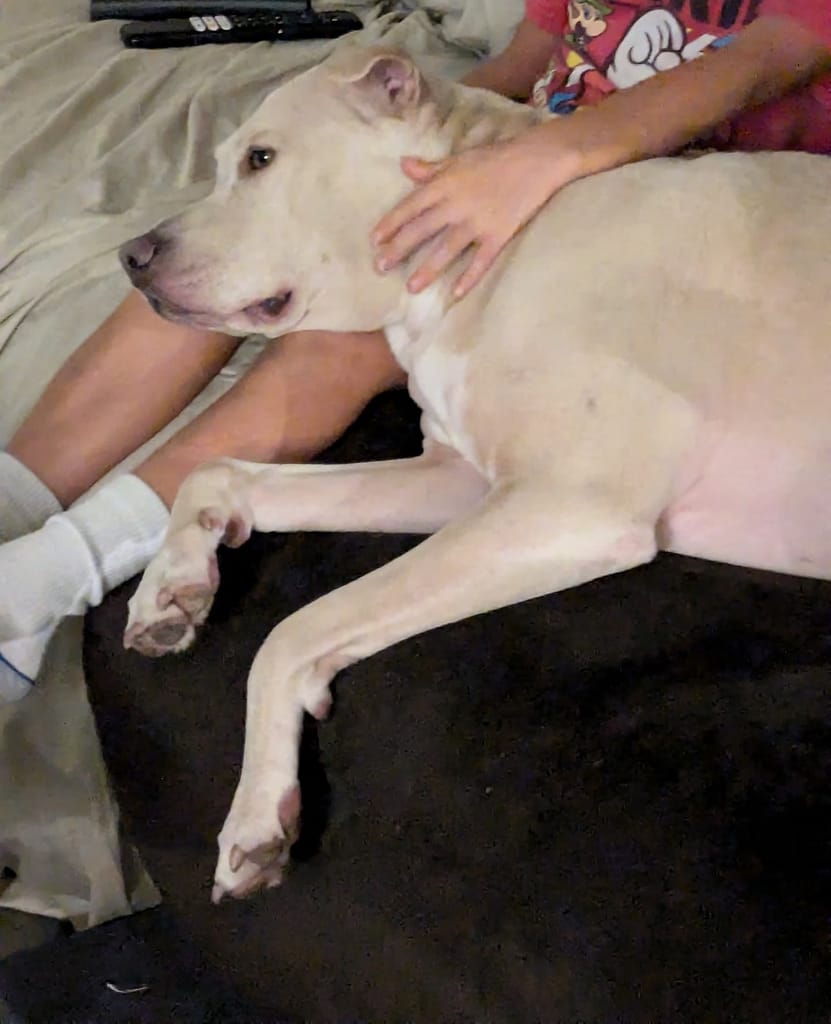
Building Confidence Through Stillness
When we give our dogs permission to just be, we’re actually building their confidence in the most profound way possible. We’re telling them, “You don’t have to work for my love or attention. You don’t have to perform to belong here. You’re enough, exactly as you are. Now go chill out and stop trying to be an over achiever for my attention”
This foundation of security becomes the bedrock for everything else – including how they interact with other dogs, new people, and challenging environments.
The next time you’re working with your dog, try spending half your session doing absolutely nothing together. You might be surprised at what you both discover when the pressure to perform is off and you’re simply sharing the same space, breathing the same air, and learning to find peace in each other’s quiet company. Because, sometimes, the world can be overwhelming and we all need a little more space to just breathe.
